class ii elastics force
14Lingual elastics This can be used as a supplement or a counter balancing agent to buccal elastic force there by increasing the efficiency of force distribution. One month Force 2 elastic 316 8 oz worn second third and fourth month.

Direction Of Force For Class Ii Correction A Class Ii Elastics With Download Scientific Diagram
Lower teet back and.

. Force 2 316 8 oz. B Fixed functional appliance with impulsion force. En-mass movement extraction class 2 3 elastics 4-5 ounces 113-142g.
A Class II elastics with traction force. 1 Intermaxillary elastics which have the capacity to produce both sagittal and extrusive forces at the point of attachment are the most popular mechanism for correction of sagittal problems. Remove elastics to eat.
The force recommended is 1 ½ to 2 ½ oz. The results of this study show that force levels increased significantly when elastics were stretched from three times their lumen to the measured distance for class II and III corrections. G1 TWIN FORCE - 25 patients treated with fixed appliances and Twin Force fixed functional appliance mean initial age was 1791 713 years mean final age was 2045 718.
Force-1 to 2. Class II elastics may be used for main and secondary objectives in the following clinical situations. Class II elastics are auxiliary forces that can be classified as active elements in a fixed appliance system1 They have been used in the correction of Class II malocclusion since the early days of orthodontic treatment26 although some undesirable effects can occur depending on their vertical force vectors4610 The vertical force can extrude the mandibular molars and.
Carriere Class II Motion Appliance. Class II Force 1 elastic ¼ 6 ½ oz from upper cuspid to lower first molars. To compare the facial profile attractiveness of Class II patients treated with Twin Force or intermaxillary elastics.
Use with aligner cases or ceramic and composite brackets. 45oz 126g indicate the force delivered if the elastic is stretched 3 x its size What forces do I need. This article based on measurements of 30 cases illustrates that the effect of the vertical component of force from Class II elastics in reducing the intrusive force generated by.
Allow full lateral mandibular movements. Class II Force 1 elastic ¼ 6 ½ oz from upper cuspid to lower first molars. Class II elastics are usually employed in the treatment of excessive overbite and overjet with the Begg technique.
Forsus group mean age 1419 102 years and elastics group mean age 1375 116 years. The force recommended is 1 ½ to 2 ½ oz. Overall the use of Class II elastics in Class II malocclusion correction produced primarily dentoalveolar effects Table II Table III13 14 15 16 18 These results seem to be reasonable because of the relatively light force applied 737 g13 15 16 18 20 during a mean period of 85 months 18 with an average recommended use of 24 hours per day7 13 18.
A ppliances designed for Class II correction generate either pulling interarch force vectors intermaxillary elastics or pushing interarch force vectors bite-jumping devices. Materials and Methods. They can be used for many different reasons such as Class 2 malocclusions to reinforce anchorage in a case where an extraction has been done to allow the maxillary incisors to move backwards and to correct midline deviation and allow buccal movement of backward-tipped lower incisors.
B2 Class II Elastics interarch elastics. Class II Class two Elastics. This depends on the clinical situation.
The measurement is given on ounces or grams. 50 packs of 100 elastics. Class II malocclusion is considered the most frequent problem presenting in the orthodontic practice affecting 37 of school children in Europe and occurring in 33 of all orthodontic patients in the USA.
Class iii elastics are used from the lower teeth to the upper teeth so the forces move the lower teeth back. B3 Class III elastics interarch elastics. Direct bond buccal tubes on lower first molars younger patients or lower second molars.
G1 TWIN FORCE - 25 patients treated with fixed appliances and Twin Forcefixed functional appliance mean initial age was 1791 713 years mean final age was 2045 718. Patients received fixed appliance therapy in combination with either Forsus or intermaxillary elastics. Skeletal andor dental Class II malocclusions anchorage reinforcement backward movement of the upper incisors mandibular arch advancement buccal tipping of retruded lower incisors bite opening class II2 midline deviation correction6.
Usually this elastic is used to move the lower front teeth back but it can also be used to place a forward force on the. En-mass movement non extraction - class 2 3 elastics 5-6 ounces 142-170g. The existing literature related to Class II treatment with inter-arch elastics highlighted optimal elastics forces ranging from 2 5669 g to 65 oz 18427 g 3 7 16.
Care must be taken to not move the jaw back also as this might cause a non-physiological force on the joint structures. Sample comprised 47 Class II patients divided into two groups. It is commonly used in patients with protruded upper incisors buck teeth or Class II malocclusion.
Class 2 elastics are used from the lower first molar to the upper canine tooth. Class II Elastics. Oesterle et al 4 found that force levels on elastic packs were closest to the two-time stretch of the lumen diameter.
Essix Retainer lower arch. For Open bite up to 2 mm may be corrected with these elastics. The usual treatment options in growing patients.
In non extraction case and 2 to 4 in extraction cases. One month Force 2 elastic 316 8 oz worn second third and fourth month. The effect of Class II elastics on bite opening and the extent of such an effect is uncertain.
This elastic pulls the top teeth back and pushes the bottom teeth forward. Force and Pressure II Part 1 II Class 8 II By NEHA DHANKHARscience Class8 class9 class10 Force and Pressure class8 neha_dhanhkar sonipat. Sample comprised 47 Class II patients divided into two groups.
In class II vector W with a tail is given. Complement the Motion 3D Appliance with Carriere Oral Elastics which were designed specifically to work seamlessly with this appliance and provide optimum results. These elastics are available in two different force levels for both stages of treatment ensuring a smooth and timely transition to a.
To compare the facial profile attractiveness of Class II patients treated with Twin Forceor intermaxillary elastics. 1 Class II malocclusion may also involve craniofacial discrepancies which can be adjusted when patients are adolescent. The elastic is worn from a hook on the top front incisor or canine tooth back to the molar on the bottom.
In the present study we tested 8 oz 22679 g force elastics considering their spreading in the clinical setting 17. Twenty-eight Class II subdivision patients were allocated to two groups using matched randomization. Eliminates latex allergic reaction concerns.
In non extraction case and 2 to 4 in extraction cases. The upper and lower arch wire is sectioned in which the teeth to be extruded. Download scientific diagram Direction of force for Class II correction.

Class Ii Elastics Lateral View Hd Edition Youtube
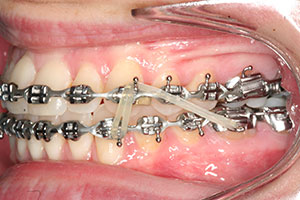
Elastic Wear Protocol Northlake University Orthocare Orthodontics
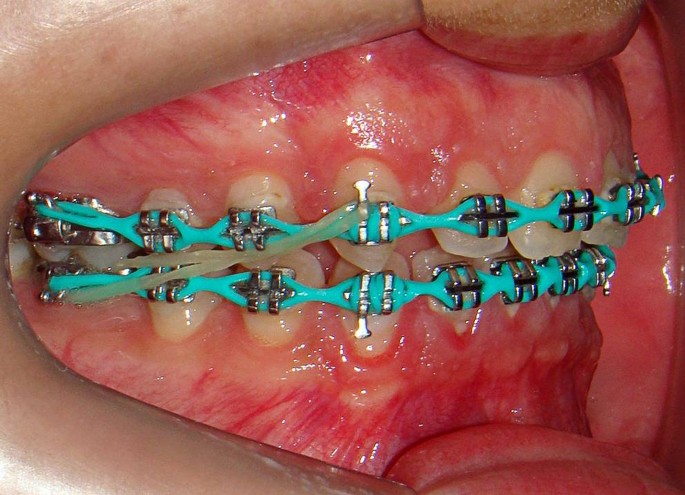
Soft Tissue Profile Changes In Angle Class Ii Patients Treated With Twin Force Or Intermaxillary Elastics A Comparison Springerlink
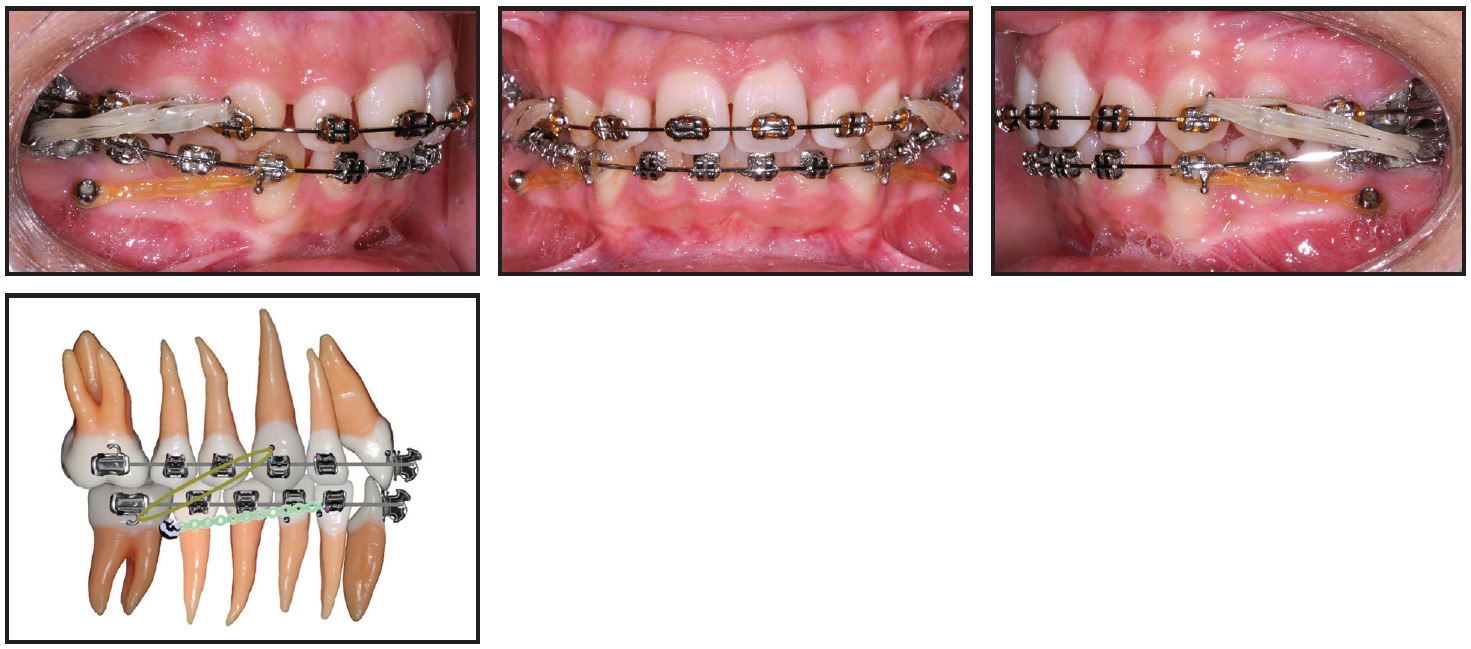
Case Report Jco Online Journal Of Clinical Orthodontics
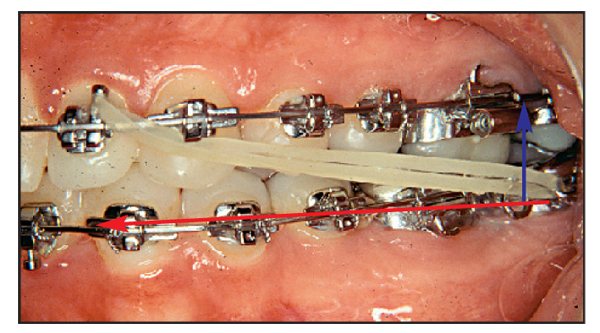
Principle 16 Use Intraoral Elastics To Coordinate The Arches Pocket Dentistry

Orthodontic Rubber Bands If Not Worn As Instructed Youtube
Elastics Bee Happy Orthodontics

How To Put Rubber Bands On Braces Premier Orthodontics

Intraoral View Of Miniplate Anchored Class Ii Elastics Download Scientific Diagram

How To Put Rubber Bands On Braces Premier Orthodontics
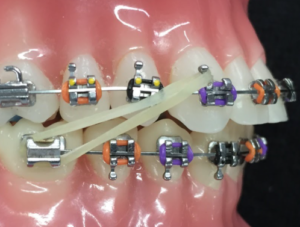
Are Class Ii Elastics As Effective As A Functional Appliance A Trial That May Answer This Question Kevin O Brien S Orthodontic Blog
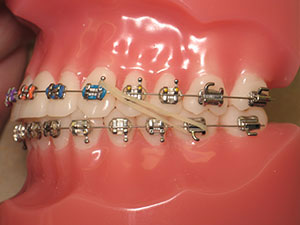
Rubber Bands And Elastics For Braces
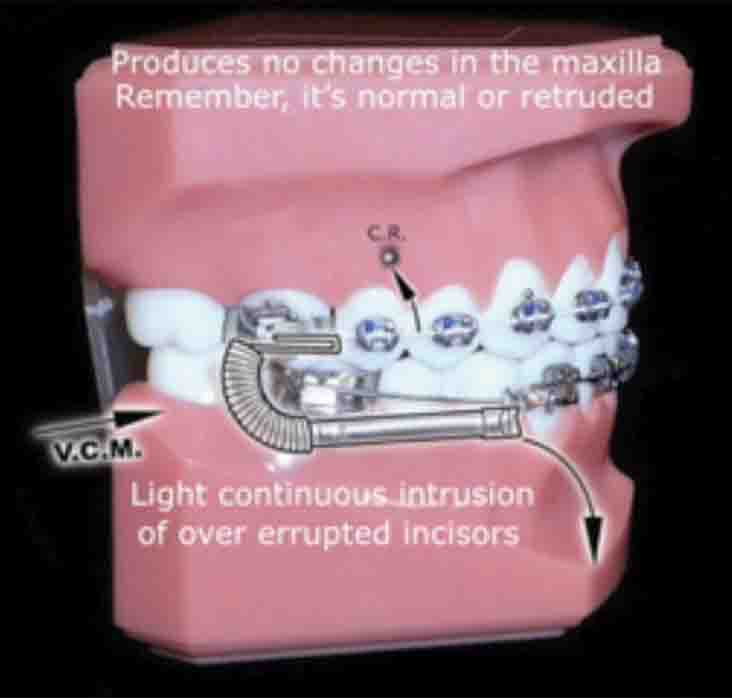
The Physics Of Class Ii Correction Orthodontic Practice Us
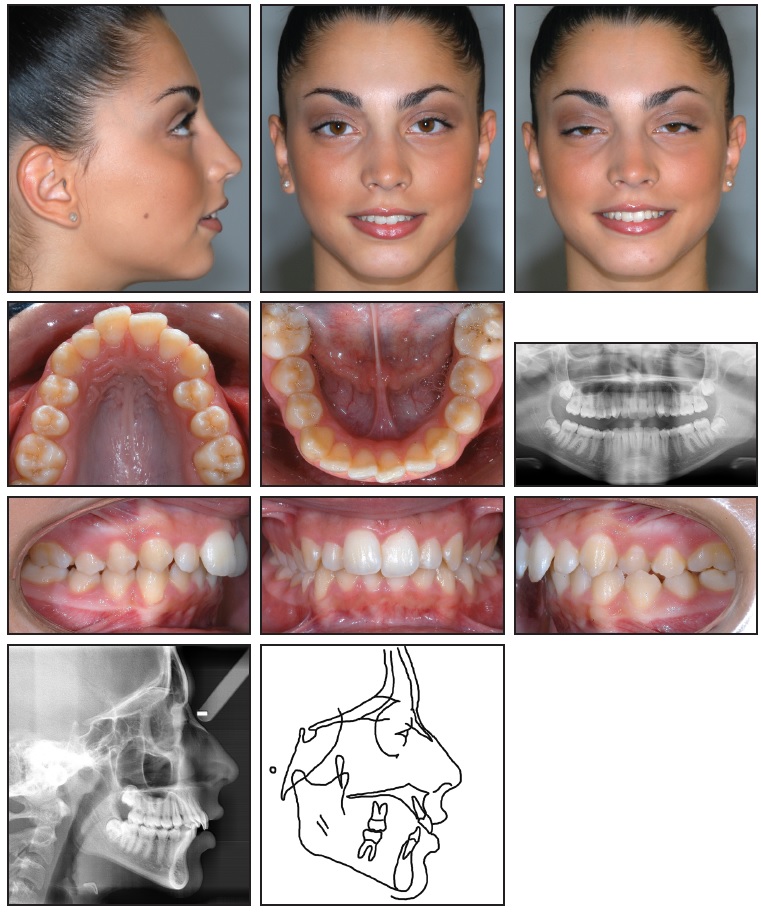
Case Report Jco Online Journal Of Clinical Orthodontics
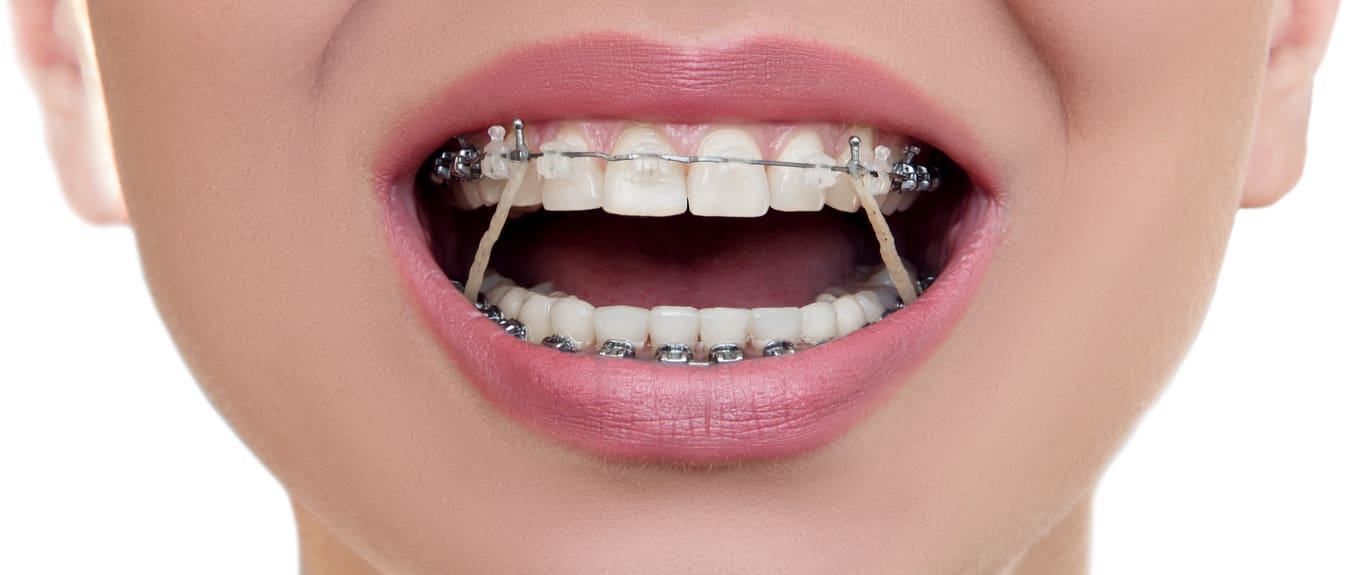
Are Class Ii Elastics As Effective As A Functional Appliance A Trial That May Answer This Question Kevin O Brien S Orthodontic Blog

How To Put Rubber Bands On Braces Premier Orthodontics

Intermaxillary Elastics Wise Ortho

Light Class Ii Elastics 3 5 Oz Given For Canine Retraction Note That Download Scientific Diagram

A Horizontal And Vertical Forces Resulting From A Unilateral Class Ii Download Scientific Diagram